In 1982 writer/critic John Berger collaborated with photographer Jean Mohr on a book entitled Another Way of Telling, which is an investigation in words and pictures of "the tension between the photographer and the photographed, between the picture and its viewers, between the filmed moment and the memories that it so resembles. Here are some of Berger's remarks from the middle of the book:
One looks at one's surroundings (and one is always surrounded by the visible, even in dreams) and one reads what is there, according to circumstances, in different ways. Driving a car draws out one kind of reading; cutting down a tree another; waiting for a friend another. Each activity motivates its own reading.
At other times the reading, or the choices which make a reading, instead of being directed at a goal, are the consequences of an event that has already occurred. Emotion or mood motivates the reading, and the appearances, thus read, become expressive. Such moments have often been described in literature, but they do not belong to literature, they belong to the visible...
In every act of looking there is an expectation of meaning. This expectation should be distinguished from a desire for an explanation. The one who looks may explain afterwards; but prior to any explanation, there is the expectation of what appearances themselves may be about to reveal.
Revelations do not usually come easily. Appearances are so complex that only the search which is inherent in the act of looking can draw a reading out of their underlying coherence. If, for the sake of a temporary classification, one artificially separates appearances from vision..., one might say that in appearances everything that can be read is already there, but undifferentiated. It is the search, with its choices, which differentiates. And the seen, the revealed, is the child of both appearances and the search.
The one who looks is essential to the meaning found, and yet can be surpassed by it. And this surpassing is what is hoped for. Revelation was a visual category before it was a religious one. The hope of revelation—and this is particularly obvious in every childhood—its the stimulus to the will to all looking which does not have a precise functional aim.
Revelation, when what we see does surpass us, is perhaps less rare than is generally assumed. By its nature, revelation does not easily lend itself to verbalisation. The words used remain aesthetic exclamations! Yet whatever its frequency, our expectation of revelation is, I would suggest, a human constant. This form of expectation may historically change, but in itself, it is a constituent of the relation between the human capacity to perceive and the coherence of appearances. (116-118)
I'm particularly interested in Berger's assertion that "In every act of looking there is the expectation of meaning." When I go out with my camera, I am acting on the hope, if not the expectation, that something will be revealed to me, something that lies behind the appearances and manifests itself through them. It's not something that can be forced; it happens or it doesn't. The same is true, of course, when I pick up a book, listen to a piece of music, go to a museum, watch a movie, sit in on a meeting, take a class, or engage in any of the attention-based activities. I agree with Berger when he says that "Appearances are so complex that only the search which is inherent in the act of looking can draw a reading out of their underlying coherence." What is the underlying coherence, the substratum, the thread of essential continuity that lies behind the phenomena of the world?
Picture credit: UBS Art Gallery


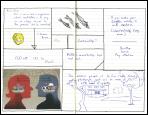
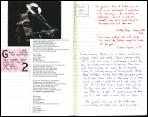

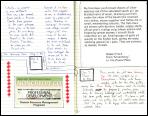
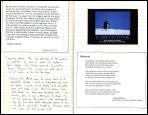

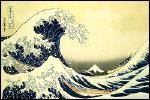
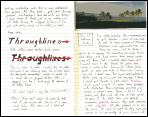
No comments:
Post a Comment